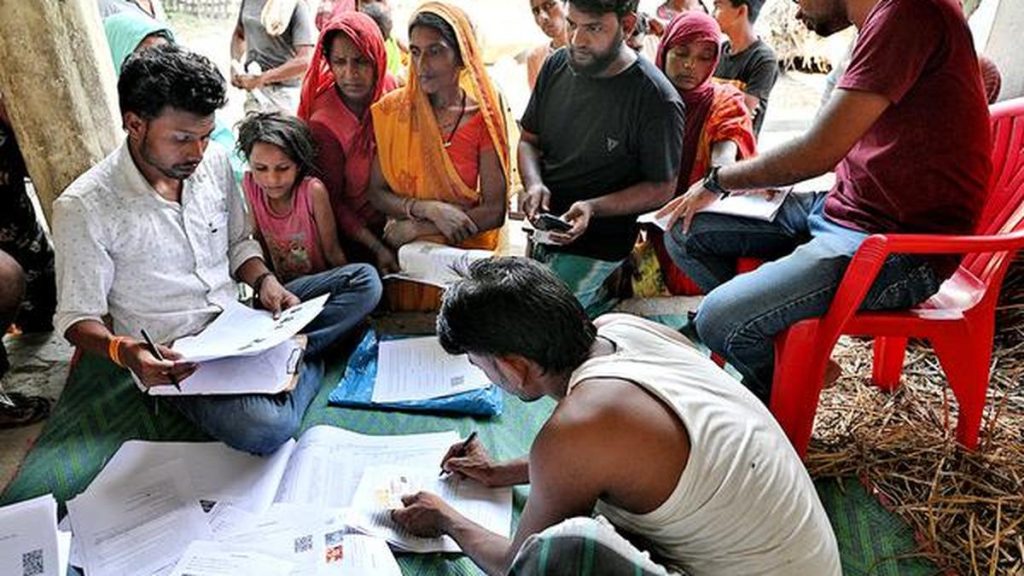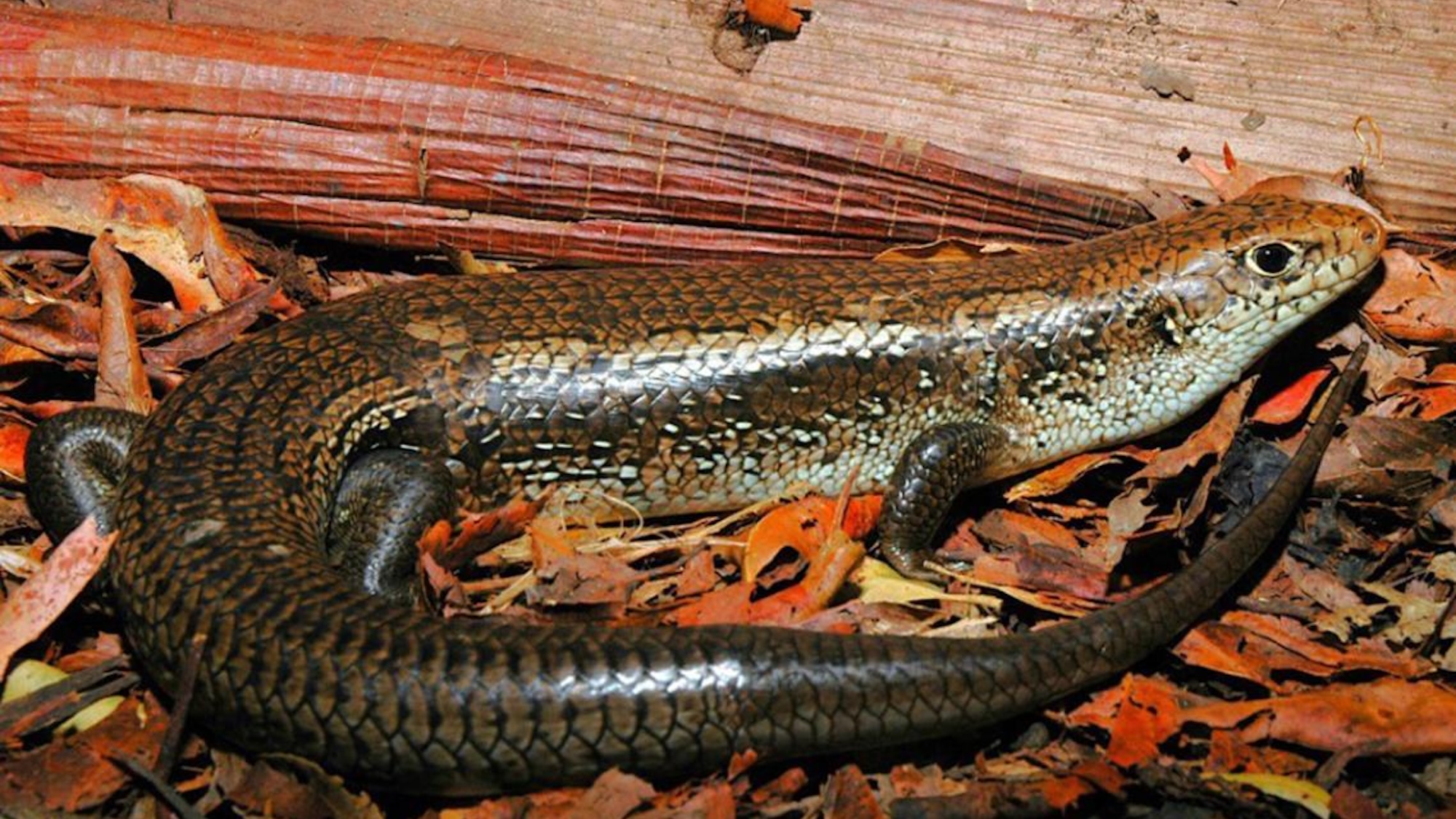Now Reading: Unraveling the Mystery Behind Enormous Rogue Waves
-
01
Unraveling the Mystery Behind Enormous Rogue Waves
Unraveling the Mystery Behind Enormous Rogue Waves

Quick Summary
- Rogue waves, once thought to be maritime myths, are natural phenomena explained by physics.
- on January 1, 1995, an 80-foot “draupner Wave” hit Norway’s North Sea oil platform, confirming their existence and leaving valuable data for scientific study.
- Recent research led by Georgia Tech utilized over 27,500 wave records collected over 18 years in the North Sea to better understand rogue waves.
- These waves are formed through two main mechanisms:
– Linear focusing: Waves align temporally and spatially to create taller crests.
– Bound nonlinearities: Natural wave effects distort the crest and trough further, amplifying the wave’s height by about 15-20%.
- Contrary to prior belief involving modulational instability (common in controlled environments), rogue waves follow standard oceanic forces rather than requiring rare conditions.
- fedele highlights their real-world predictability using advanced AI models analyzing historical data for forecasting purposes.
- Updated safety measures and design standards for ships and offshore structures are critical due to the dangers posed by such extreme events.
indian Opinion Analysis
The study of rogue waves represents a significant advancement in understanding coastal risks globally. For India-home to vast shorelines with heavy reliance on coastal infrastructure-it underscores the need for modernizing systems aimed at predicting marine anomalies. Enhanced forecasting technologies using AI could be pivotal as India expands its maritime economy alongside safeguarding civilian areas from natural disasters. Research like this also calls attention to revising international maritime safety protocols where coordinating efforts may benefit all interconnected nations along shared waters worldwide.
India could draw insights from this study when addressing similar challenges with cyclonic activity or extreme weather patterns affecting its ports or oil reservoirs. This exemplifies how robust knowledge-sharing across nations remains crucial as global forces combine expertise toward enduring environmental obstacles.























